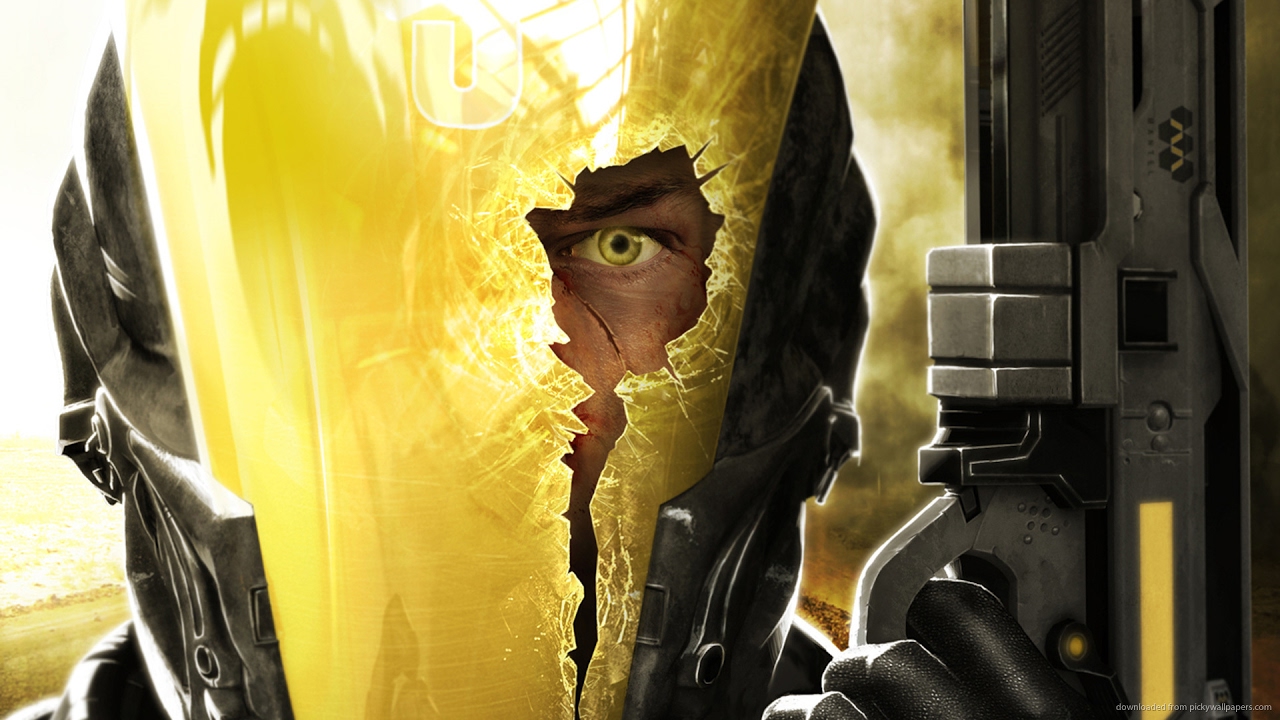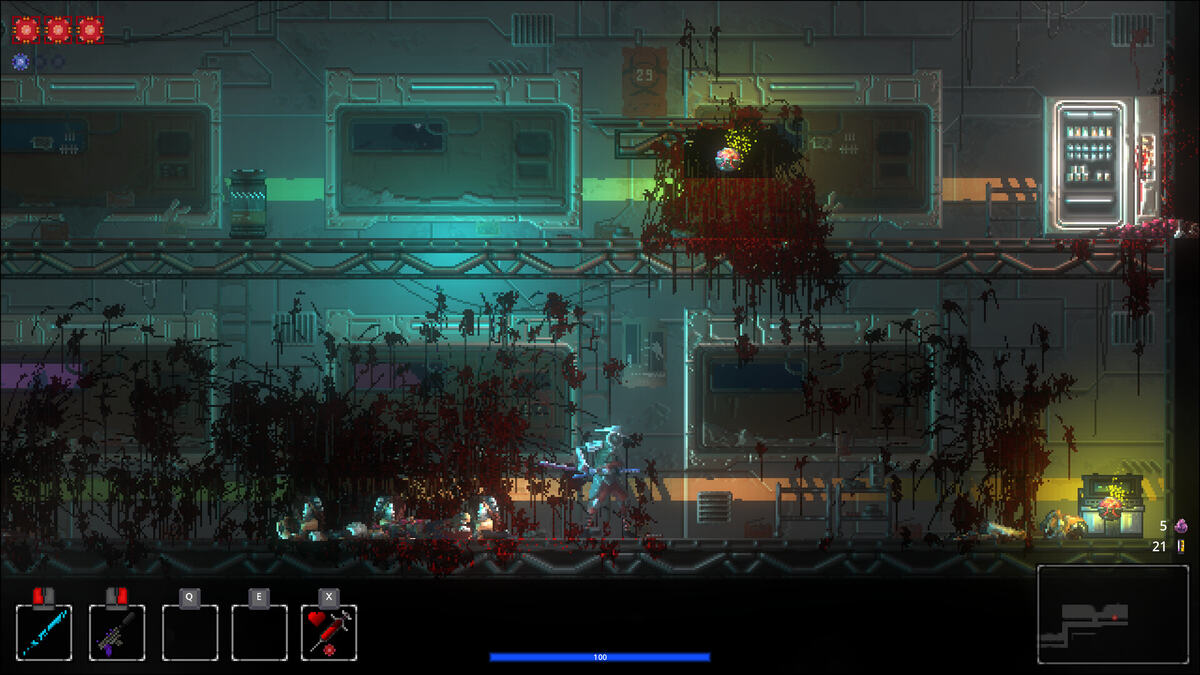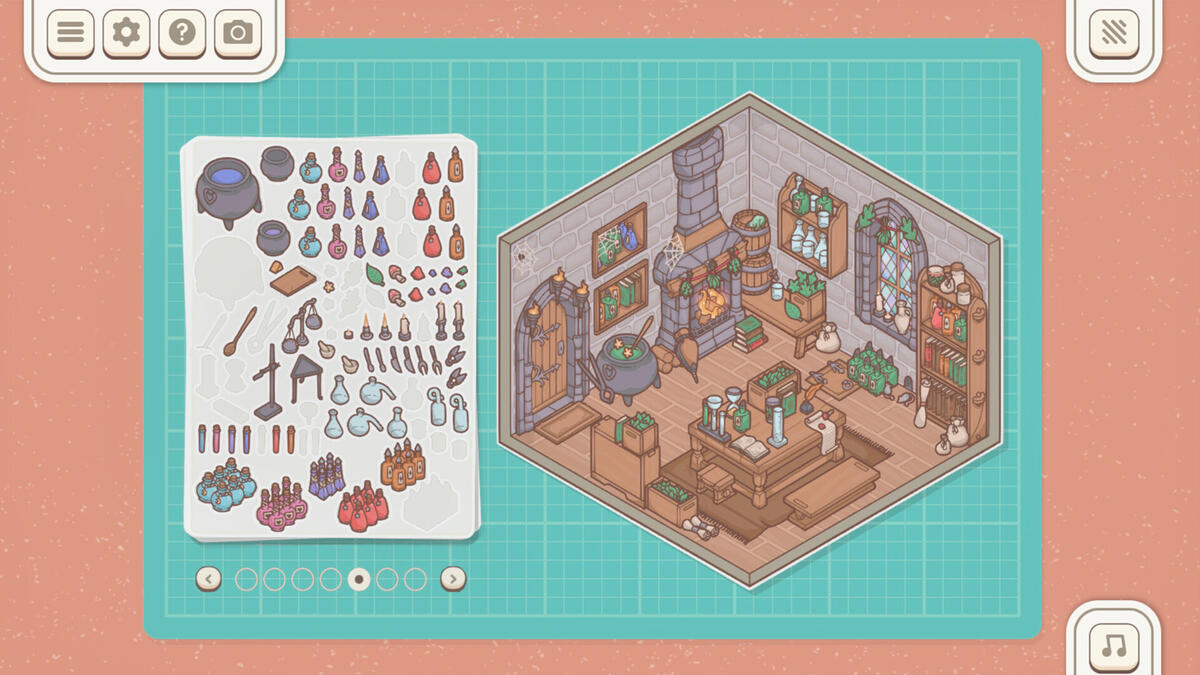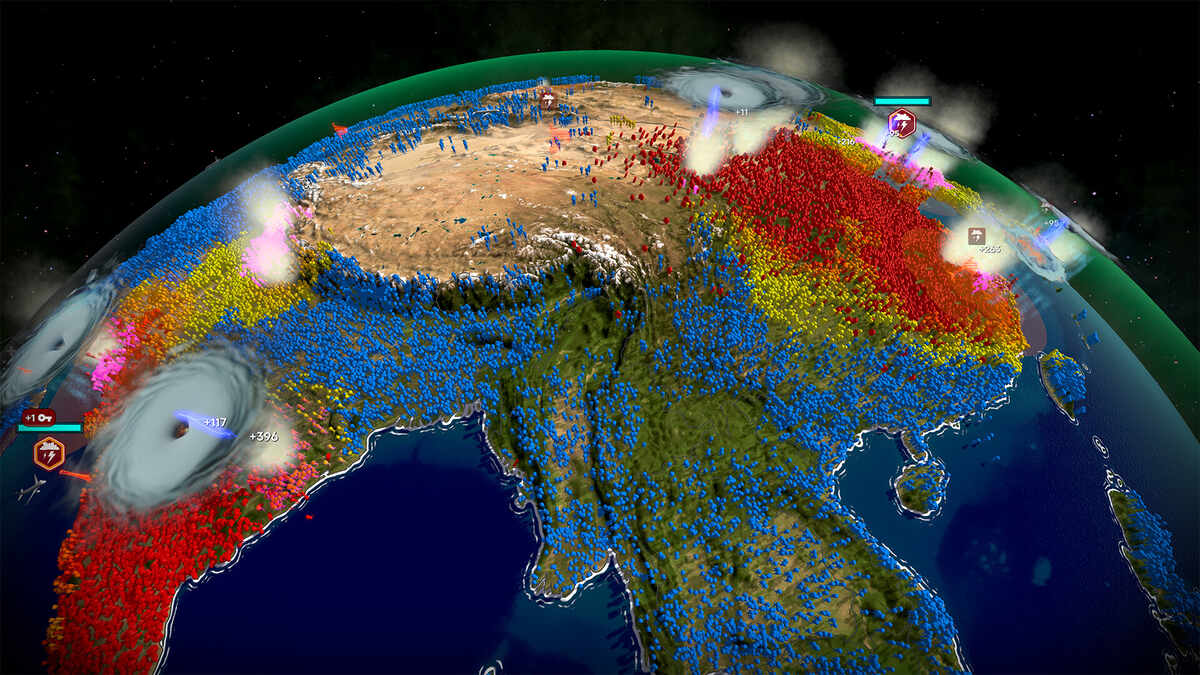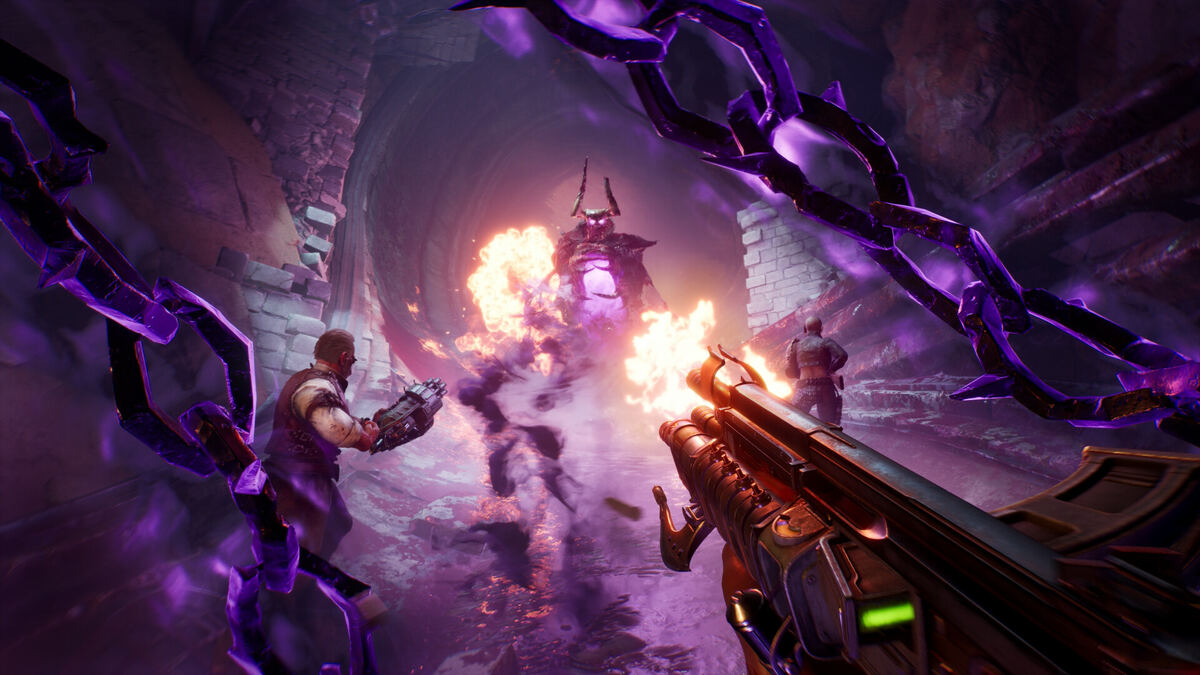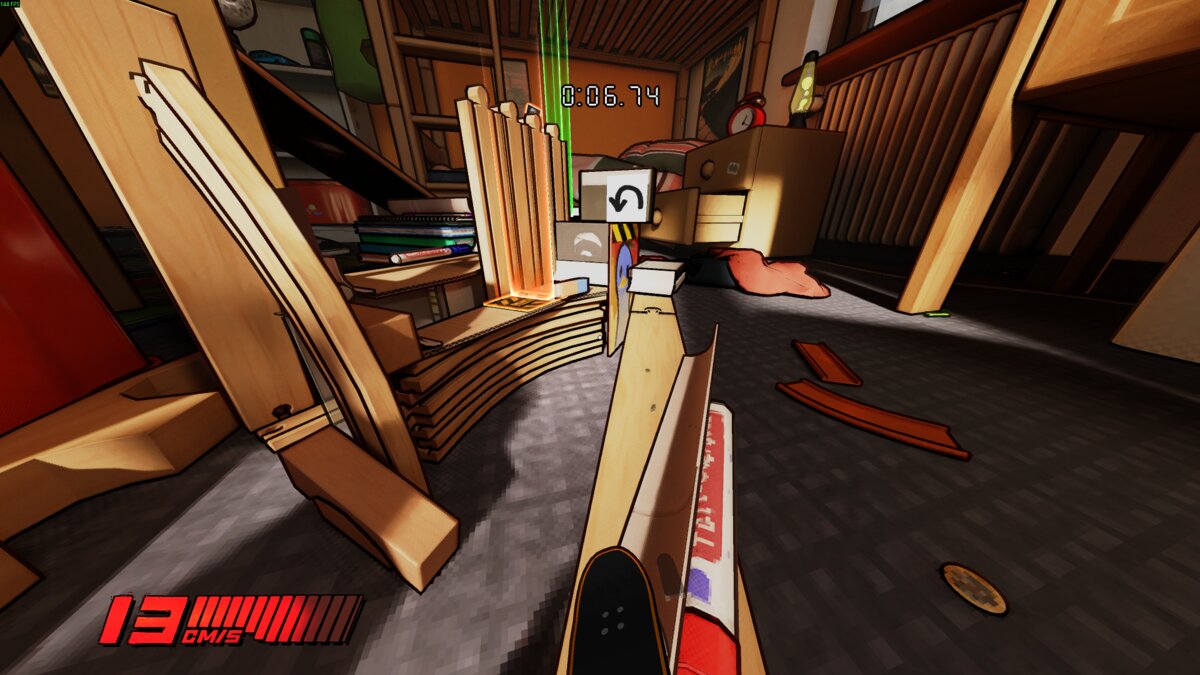You can trust VideoGamer. Our team of gaming experts spend hours testing and reviewing the latest games, to ensure you're reading the most comprehensive guide possible. Rest assured, all imagery and advice is unique and original. Check out how we test and review games here
The enormous gaming event that was Leipzig Games Convention 2007 had to start somewhere, and for me it was with some multiplayer hands-on time with Free Radical’s Haze. Being the first appointment of the first day of the show meant Pro-G really was among the very first press to play this FPS in a 4-player session. It was a little startling when this was announced over a loud speaker to a gathering crowd behind me, but a fantastic chance to get to grips nonetheless.
Thanks to its development team, Haze has a lineage that stretches all the way back to pivotal console FPS GoldenEye, and an even stronger bond with the Timesplitters games. Anyone familiar with any of those fantastic titles, and in particular the first Timesplitters, will feel immediately at home with the tone and pace of Haze, and most of the controls. The action is smooth, drifting and reasonably quick, sitting somewhere between the methodical tempo of Halo and the blitz of bullets that is Unreal Tournament.
Rather than being set loose in a simple deathmatch situation, myself and my team-mates were thrown into a co-operative mission that started with a charge through a woodland and down some rocky slopes into a lightly armoured enemy encampment. This was a level shown before as a hands-off demo to the press back in May, and in four-player mode it lost none of the speed or chaos that is Free Radical’s trademark.
It was also clear that visually there has been little improvement to the graphics in the past months, and while it certainly didn’t look bad, there is some work to be done. Still, Haze oozes potential, and quickly the relatively easy start and familiar controls lead me into a false sense of security.
Climbing into a huge military 4×4’s gun turret as an ally took the controls, we began to demonstrate to the crowd the kind of driving skills more commonly associated with clowns and doors falling off. Lack of familiarity was clearly the reason behind our rather embarrassing efforts, and the ferocious speed of our chosen vehicle didn’t help, but it clearly wasn’t as instinctive as the rest of Haze’s controls or Halo’s equivalent: the Warthog.
Once our cringe worthy automotive escapades had ended, and our skills with the control system had evolved a little, we were given a real treat. Until that moment, press demos and hands on time had always put players in control of the Mantel soldiers that make the game’s initial protagonists, and our attention had been focussed on their dependence on the powerful performance enhancing drug Nectar. During the first leg of our multiplayer game we had all become familiar with the increased accuracy, super human foresight and improved strength that self-administering Nectar provided, but we were about to have to relearn the power of the stimulant.
Our next mission placed us in the shoes of the rebels we had previously been fighting against. It has been known for a short time that such a narrative twist would lead your character to change from one side of the conflict to the other, but to actually play a late stage of the game with human-controlled team mates was a thrill indeed.
Immediately the difficulty took a huge leap forward and the AI of the yellow Mantel troops appeared significantly improved. However, their Nectar administration packs that sit on their backs glowed like beacons, and a well placed shot could either cut their supply of the drug or overload their system, turning them into crazed maniacs with trigger fingers as itchy as Athlete’s Foot. Of course, by shooting an admin pack there was a brief danger to you and your accomplices, but it was the hapless lunatic on an overdose and his closest allies that were in the most immediate danger.
This later level, set in a towering and derelict building, also gave an impression of the types of ammunition exchange you would become involved in. Haze is in no way a cover-shooter like Gears of War, but its combat is certainly more intricate than the ‘spray-and-pray’ shooters such as Serious Sam and Painkiller. Many of the targets I faced were at a fairly long range, and usually behind a scattering of pillars and masonry. If anything, the combat felt a little like playing Time Crisis 2, in that it involved a keen eye and lots of small, twitching movements, over calm accuracy or liberal scatter gunning. The level itself, although still graphically lacking on its surface layer, was busy with scenery and felt nicely varied in physical design.
While Haze will have to work hard to survive in a genre as busy as the FPS, it looks set to win the hearts of GoldenEye and Timesplitters fans. With a dose more attention graphically, Free Radical’s latest shooter has every chance of making the same dent on the market as its predecessors. Appearing solely on the PS3 for the foreseeable future, it’s also a game that doesn’t have to worry about Halo 3 gobbling up all FPS sales.
/https://oimg.videogamer.com/images/208c/haze_35.jpg)
